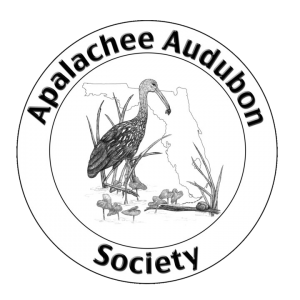by Jim Stevenson
Old growth pine forests - longleaf and slash - are pines that were mostly cut by the early 1930s, although we still have a few examples in Florida. The old trees in old growth forests can be 100 to 500 years old but ground cover conditions are as important- if not more so --than tree age. The presence of red-cockaded woodpeckers is an additional indicator of old growth. Today, a flat-topped, turpentined longleaf can occasionally be found that has survived lightning, wildfire and man. By good fortune, Florida state parks have some of these old relic trees that have survived.
Due to park policy and tradition, timbering of native pines has not been allowed in state parks for over 80 years. Old growth forests can be reestablished in our state parks. This is how we can do it:
- Inventory the oldest longleaf and slash pines having native ground cover.
- No cutting of pines occurring naturally on their native soils except when restoration thinning is necessary because of fire exclusion.
- Special care is required to reintroduce fire to stands having old pines.
- No plowing or other damage to native ground cover.
- Conduct prescribed fires at no longer than two to three-year intervals.
- Include prescribed fires during the peak lightning season (May thru July).
- Protect pine snags, stumps and logs.
- Invasive hardwood trees and other introduced plants shall be promptly removed without damaging the site.
- Continue these steps for over 100 years.
Since we expect our state and national parks to exist forever, a couple hundred years is not too long for our grasslands and pinelands to evolve to old growth. Future generations of Floridians will commend our foresight.

